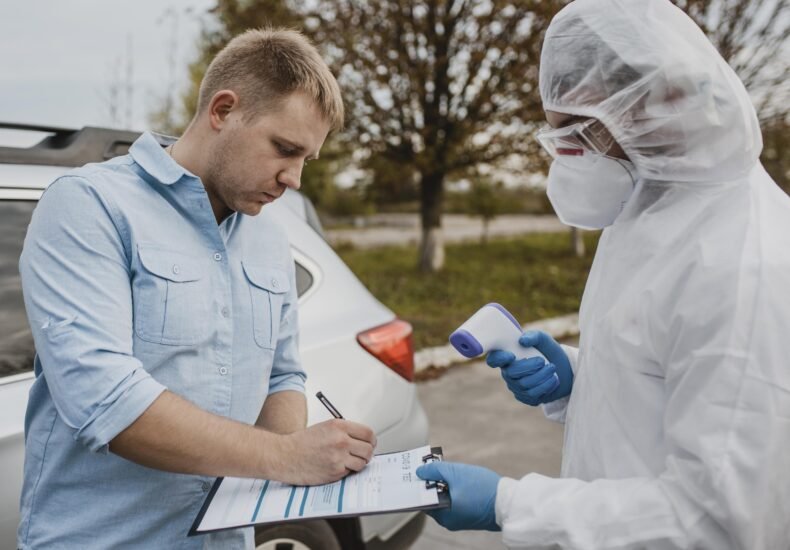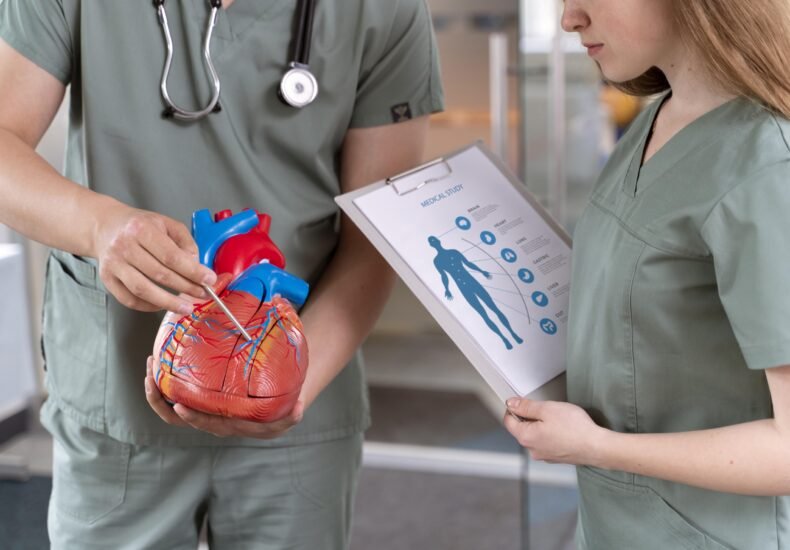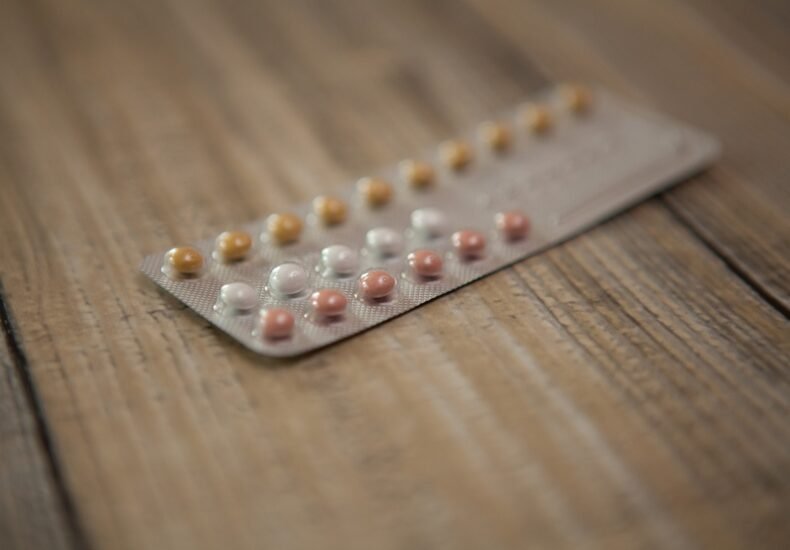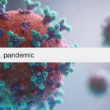
Primary prevention of the disease refers to the strategies, measures, and interventions applied to prevent the onset of the disease. These measures are applied before the disease to remove any chance of disease. Moreover, it also refers to primordial prevention.
According to the World Health Organization (WHO),
Primary prevention refers to actions aimed at avoiding the manifestation of a disease (this may include actions to improve health through changing the impact of social and economic determinants on health; the provision of information on behavioral and medical health risks, alongside consultation and measures to decrease them at the personal and community level; nutritional and food supplementation; oral and dental hygiene education; and clinical preventive services such as immunization and vaccination of children, adults and the elderly, as well as vaccination or post-exposure prophylaxis for people exposed to a communicable disease).
https://www.emro.who.int/about-who/public-health-functions/health-promotion-disease-prevention.html
Importance of Primary Prevention of Disease
Diseases are becoming more and more common each day, and the best way to cure a disease is to prevent it in the first place. We all know that.
Prevention is better than cure.
Once a person becomes susceptible to a disease, it becomes difficult to treat it, depending on the disease. Primary or primordial prevention of disease is important in the following aspects:
It saves time.
Less money is spent, which is spent on the treatment of disease.
It saves resources.
Saves the patient from experiencing pain.
Example of Primary Prevention of Disease
Examples of primary or primordial prevention include vaccination, diet, physical activity, etc.
Key Elements and Components of Primary prevention of disease
Healthy Lifestyle
Healthy lifestyle choices are the most important element in the primary prevention of disease. Also, these include staying physically active, getting proper sleep (6–8 hours), maintaining a balanced diet, and avoiding smoking, alcohol consumption, and other unhealthy behaviours that are harmful to our health. Furthermore, avoid eating junk food and fast food, and prioritize eating healthy, homemade foods that are hygienic and beneficial for our health.
Nutrition
Nutrition involves eating those foods that are beneficial to our health and avoiding those foods that are harmful to our health. Consequently, many different guidelines for diseases recommend eating less sugar, less salt, processed foods, high-fat foods, and sugary drinks. Additionally, eat fruits, lean proteins, whole grains, and vegetables.
Exercise
Increasing weight is the cause of many diseases, such as diabetes, stroke, and heart disease. Regular physical activity can help reduce weight and keep a person physically active. It is also important for disease prevention. At least 30 minutes of daily exercise is necessary for everyone. This may include walking, running, cycling, swimming, or dancing.
Vaccinations and Immunizations
Vaccines contain weakened or inactivated forms of antigen. Immunization is the process by which a person becomes immune to a disease. Vaccines are available for many different diseases. They work by stimulating the body’s immune system against specific antigens. Antibodies are made, and they fight against the antigens. Vaccines protect a person against future infections so that in the future, if antigens enter the body, antibodies are already present in the body, and they prevent the antigens from causing an infection. Vaccines are available for many different diseases, such as malaria, measles, mumps, polio, etc.
Screening and Early Detection
In high-exposure areas or cases of the pandemic, a person should get regular screenings for the disease. In general, people aged over 18 are recommended to get screened for all diseases regularly. It is crucial for the prevention of disease. If a disease is diagnosed at an early stage, it can be treated easily. Mostly, at the earliest stage, it only requires non-pharmacological management.
Public Health initiatives
Public health initiatives include activities for engaging and encouraging the public to prevent disease. This may include:
Awareness seminars
Healthy eating campaigns
Physical activity programs
Tobacco control programs
WHO Guidelines for Primary Prevention of Disease
According to the WHO, primary or primordial prevention includes the following activities:
Vaccinations and geriatric, adult, and kid post-exposure prophylaxis;
Information on health hazards related to behaviour and medicine, as well as steps to lower risks for both individuals and populations;
Inclusion of disease prevention initiatives at the primary and specialist levels of healthcare, such as providing access to preventive services (such as counseling);
Food and nutritional supplements, and
Services and education in dental hygiene.
Frequently Asked Questions
What are 5 examples of primary prevention?
Legislation and enforcement to prohibit or regulate the use of dangerous items (such as asbestos) or to require safe and healthy behaviors (such as the usage of seatbelts and bike helmets) are a few examples. instruction on safe and healthy behaviors (such as eating properly, exercising frequently, and quitting smoking)
What is an example of primary prevention in nutrition?
(1) Education initiatives to encourage better and more nutritious food choices are frequently used as primary preventative approaches to guarantee more adequate nutrient intakes in the community; (2) Food-based strategies that make nutrient-rich foods more accessible or affordable.
Conclusion
Primary or primordial prevention is crucial for maintaining our health and reducing the risk of disease. By making healthy lifestyle choices, receiving recommended vaccinations and screenings, and participating in public health initiatives, we can take control of our well-being and lay the foundation for a healthier future. By doing so, we not only protect ourselves but also contribute to the overall well-being of our communities. So, let’s take those proactive steps towards a healthier future.







